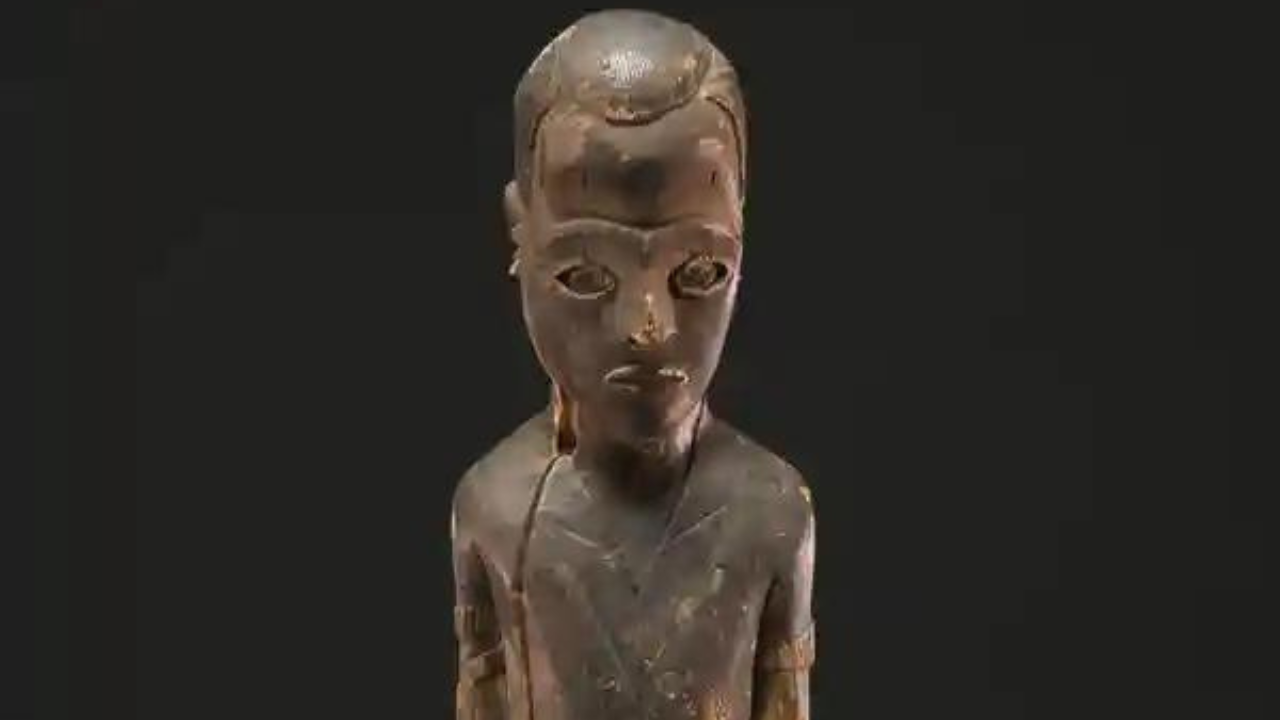

More in ART WORLD NEWS
-


ART WORLD NEWS
Empowering Through Art: The Journey of Sethembile Msezane
In a world where art meets activism, Sethembile Msezane’s journey stands as a testament to the...
-


ART WORLD NEWS
Empowering Icons: Barbie Honors Helen Mirren and Other Role Models
In celebration of International Women’s Day, toymaker Mattel has unveiled a collection of inspiring Barbie dolls,...
-


ART WORLD NEWS
“Taylor Swift’s Ancestral Connection to Emily Dickinson: Unveiling the Bonds Between Music and Poetry”
Taylor Swift’s connection to the famed poet Emily Dickinson has sparked a flurry of excitement among...
-


ART WORLD NEWS
Final Fantasy 7 Rebirth: A Monumental Journey Through Nostalgia and Innovation
In the realm of video gaming, few titles have garnered as much anticipation and acclaim as...
-


ART WORLD NEWS
Celine Dion’s Courageous Grammy Return Amid Health Battle
In an emotionally charged moment at the Grammy Awards, Celine Dion, the legendary singer known for...


